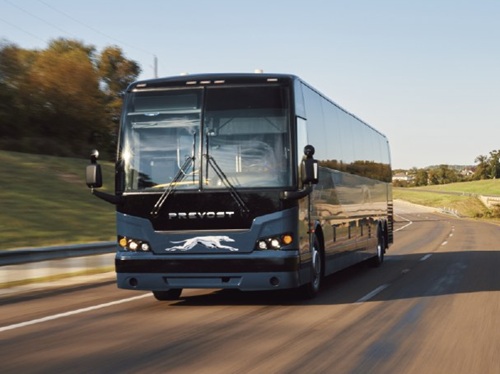The North Carolina Department of Transportation recently resumed intercity bus service in downtown Asheville, NC, nearly a year after it suspended that transit service due to Hurricane Helene.
[Above photo by NCDOT]
That bus service – operated by Greyhound under contract with NCDOT’s Integrated Mobility Division – picks up and drops off passengers on Ashland Avenue outside of the downtown Asheville Rides Transit or ART station.
NCDOT – which oversees a statewide intercity bus program that provides daily connectivity to both urban and rural destinations – provides federal and state funds for the intercity bus service and Greyhound serves as the contract operator for the state agency.
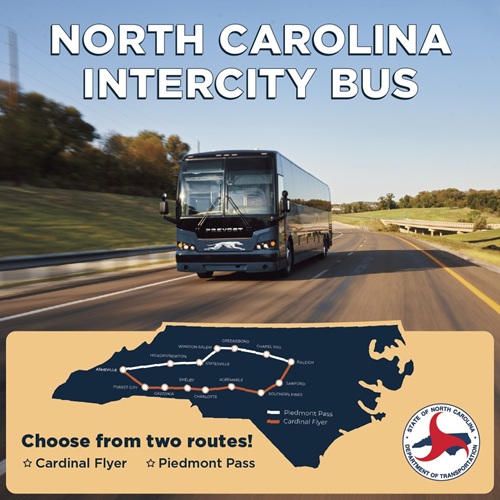
The new arrangement is the result of months of coordination with the NCDOT’s Integrated Mobility Division and the city of Asheville.
“Restoring service to Asheville has been a top priority,” said Brennon Fuqua, director of NCDOT’s Integrated Mobility Division, in a statement.
“This is not just about getting buses back on the road,” he added. “It’s about ensuring residents have reliable, affordable transportation to access not only our great state but also the nation. Access to transportation is access to opportunity.”
Fuqua noted that this relaunch marks a major step forward in restoring vital transportation access for Asheville and surrounding communities, providing travelers with daily direct service between the cities of Asheville and Charlotte, Winston-Salem, Greensboro, Chapel Hill and Raleigh.
They can also connect easily to out-of-state destinations on the national intercity bus network, including Richmond and Norfolk Virginia; Washington, D.C.; New York; Atlanta; and Greenville, South Carolina. Riders will also see new daytime-friendly schedules, faster transfers and easier connections to regional transit.
“Intercity bus travel is a lifeline for so many people in this region – providing an affordable way to visit family and access jobs and healthcare across North Carolina and beyond,” noted Rodney Surber, Greyhound’s chief operating officer. “After nearly a year of work to restore service in Asheville, we’re proud to finally get riders moving again. We’re especially grateful to the state and local officials whose partnership made this possible.”
Across the country, state departments of transportation provide support to numerous transit endeavors to provide more mobility options to the communities they serve.
For example, the Alaska Department of Transportation & Public Facilities earlier this year issued more than $16 million in grants to improve transit and mobility services particular for state residents in rural and remote communities.
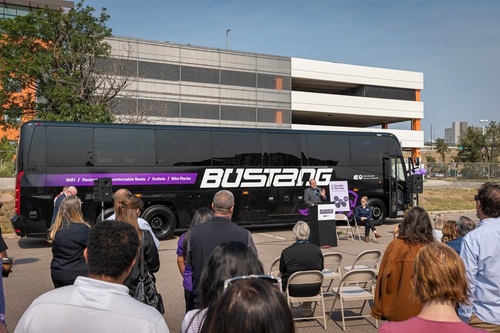
Meanwhile, the Colorado Department of Transportation is celebrating the 10th anniversary of its Bustang transit service; a state-run interregional passenger express bus service that connects major population and employment centers, local and national transit systems, the mountains and plains, and everything in between.
Concurrently, the Connecticut Department of Transportation also celebrated the 10th anniversary of its CTfastrak system.
CTfastrak – which won a President’s Award from the American Association of State Highway and Transportation Officials in 2015 – is a network of 10 agency-operated bus routes that provides direct service to and from the towns and cities of Waterbury, Cheshire, Southington, Bristol, Plainville, New Britain, Newington, West Hartford, Hartford, and Manchester.
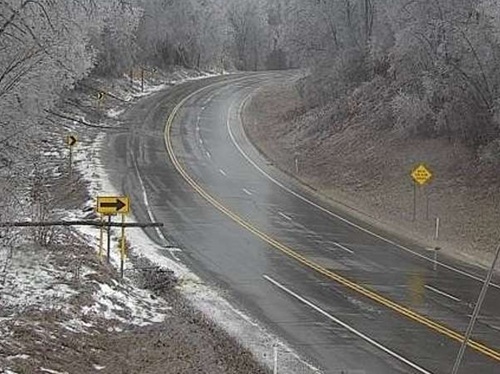 States
States
Podcast: Flashing LED Lights Can Boost Roadway Safety
December 5, 2025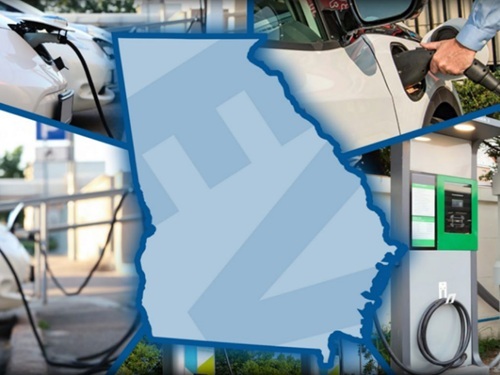 States
States
